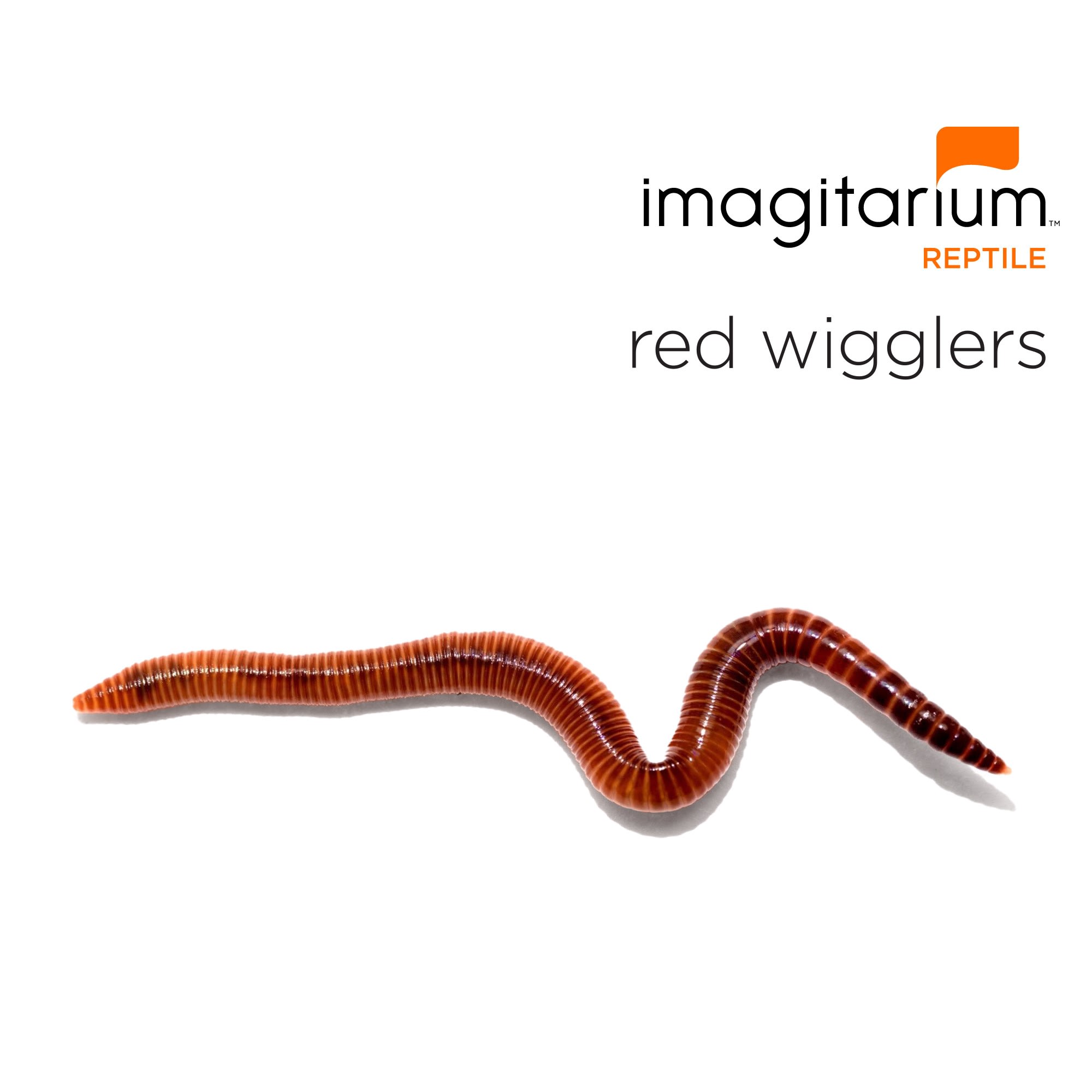Red Wiggler Express Can Be Fun For Everyone
Red Wiggler Express Can Be Fun For Everyone
Blog Article
Everything about Red Wiggler Express
Table of ContentsWhat Does Red Wiggler Express Mean?6 Easy Facts About Red Wiggler Express DescribedSome Known Facts About Red Wiggler Express.The Red Wiggler Express PDFsMore About Red Wiggler ExpressThe Facts About Red Wiggler Express Revealed
Red wigglers and garden compost worms' favored foods are most fruits - they specifically enjoy bananas, strawberries, raspberries, blueberries, peaches, and melons! Yes - yet we advise feeding potato peels to worms in moderation (Red Wigglers For Sale). Potato peels are starchy and don't break down conveniently so they can take a while for the red wigglers to break down and consumeWe feed our worms at Brothers Worm Farm twice a week, and many of us do the same with our worm containers in the house. Red wigglers tend to consume more when temperatures are moderate (60-80 degrees), so you might find a need to feed them much more during these durations. If you are leaving for vacation or a trip and are fretted about your worms, there are a few things you can do to ensure their survival.
Simply adhere to these steps and your wiggly pals ought to be fine while you're gone: Mix in fresh bedding to the container. Bed linens can be the initial sort of bedding you used or several handfuls of shredded cardboard. Provide the surface of the bed linen a heavy misting so the bed linens does not completely dry out.
About Red Wiggler Express
Place an item of cardboard over the surface of the container (this will certainly help it maintain dampness). If you are leaving for even more than 2 weeks, we recommend having a buddy or member of the family feed and water the worms every 1.5 weeks while you are gone. You can leave food for the worms in the fridge and a tiny spray container for watering.
Thanks for reading and happy farming!.
Red worms are nature's supreme composting worm and a fantastic pick for worm farms. Red worms pass numerous names. They're commonly called red wigglers, tiger worms, manure worms, composting worms, and the trout worms. Whatever you call them they're among the best composting worms readily available. Both very first time and seasoned worm farmers pick the red worm for several reasons.
The Basic Principles Of Red Wiggler Express


Red worms have many residential or commercial properties which make them perfect for the garden compost bin. Of all the worms appropriate for worm farming the red worm is the most adaptable and hearty.
Rotting leaves, lawns, timber, and pet manure are all favorites of red worms. The red worm's voracious cravings makes it the champ of the garden compost container and a digital worm casting (a.k.a. worm poop) machines.
Red worms like to reside in colonies, typically gathering into a wincing mass around a food resource. Preserving this close get in touch with makes them prolific dog breeders and a perfect breed to increase in your worm farm. A 24" x 24" worm bin can quickly house over 1000 red worms. However for those interested in elevating lure worms it's great to remember that crowded red worms will certainly remain relatively slim and short.
The 5-Minute Rule for Red Wiggler Express
Another benefit of red worms is their ability with stand a large range of temperature level extremes. When the temperature level dips red worms need to be protected from freezing climate.
That can be as basic as keeping them in trench loaded with aged manure and covered with straw or leaves. In a similar way; when temperatures increase maintain your worm farm cool. If your bed linen gets over 85 degrees red worms will certainly try to leave your bins for cooler locations. So offer them with shade or preferably relocation them right into your basement.
Like all worms red worms take a breath oxygen through their skin. A damp setting also assists in the break down of natural issue in their bedding product by microbial life kinds.
A worm farm full of red wigglers is a superb way to compost food scraps, left overs, garden waste, and leaves. Feeding redworms is quite very easy, but there are some fundamental yet vital things to bear in mind in order to maintain you worm ranch healthy and balanced. In this area we will cover what you ought to and must not be feeding your worms.
Red Wiggler Express Can Be Fun For Everyone

However prior to handing over all the required reproductive materials are scooped up into the ring. When the mucus ring drops off the worm the end seals up, creating it to taper at one end, creating the acquainted lemon shape of the cocoon. Over the next 20 days the cocoon darkens and solidifies.
If you do not feed them they will certainly go looking for food. Like all worms red worms breathe oxygen through their skin. In order to breathe they require a damp, however not saturated bed linens material. A moist atmosphere likewise facilitates the malfunction of organic issue in their bed linen product by microbial life types.
A worm ranch complete of red wigglers is a superb means to compost food scraps, left overs, garden waste, and leaves. Feeding redworms is pretty easy, yet there are some standard yet vital points to bear in mind in order to maintain you worm ranch healthy and balanced. In this area we will certainly cover what you should and should not be feeding your worms.
The Ultimate Guide To Red Wiggler Express
During mating worms slide along each other until their clitellum are aligned. They hang on per various other with bristle like hairs, called setae, situated on their bottom. While accepted they trade reproductive critical liquids which is kept for later use. During the breeding session, which lasts for about 3 hours, the worms secrete mucus rings around themselves.

Report this page